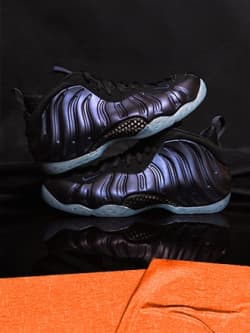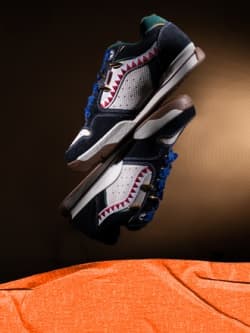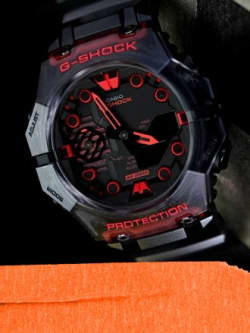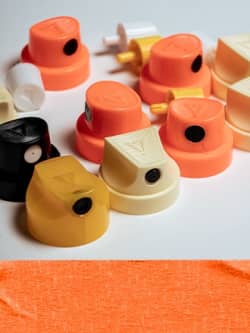#FactsFriday ”“ What you didn”t know about New Balance

In 1906, William J. Riley founded the New Balance Arch Support Company in Boston, manufacturing arch supports and other accessories designed to provide shoes with greater balance and comfort. One day, while noticing the chickens in his back yard, Riley was inspired by the perfect balance provided by the chicken's three-pronged foot and developed his first three-point arch support.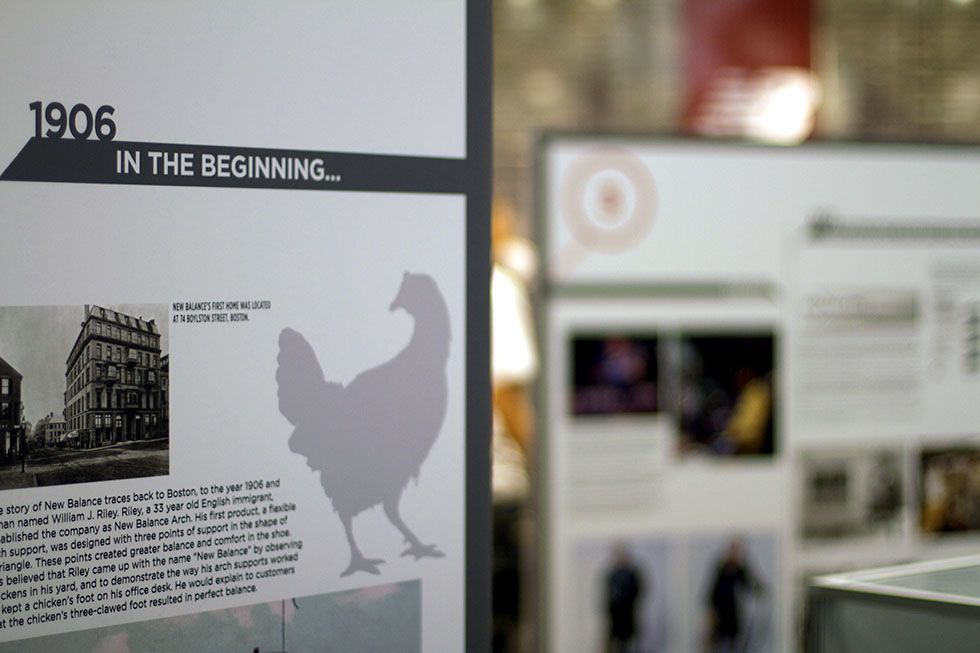
Riley’s design fit better, and felt better than anything else on the market, and by 1909 Riley was listed in the Boston business directory under ‘shoemaker.’19 years later Riley designed his first running shoe for the Boston running club known as the Boston Brown Bag Harriers. The success of this shoe spread quickly, and by 1941 New Balance was creating custom-made shoes for running, baseball, basketball, tennis and boxing. Arthur Hall became the first commissioned salesman in 1927. In 1954 Arthur Hall sold New Balance to his daughter and her husband Paul Kidd for $10 000. When Paul Kidd took control along with his wife, the demand and products produced sky rocketed.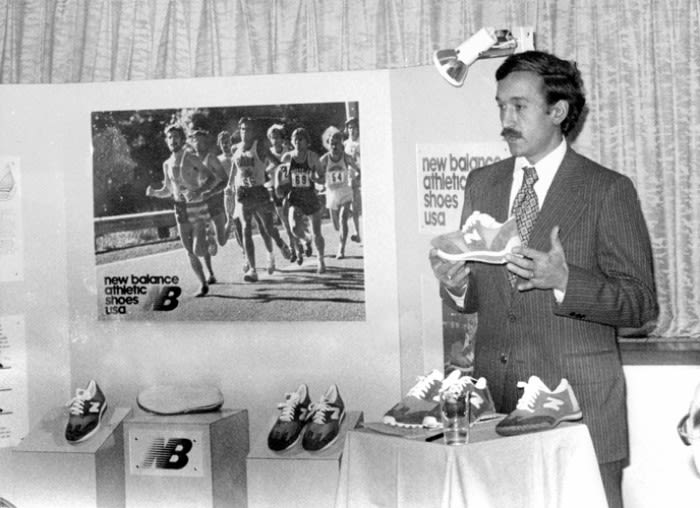
In 1972, on the day of the Boston Marathon, the company was bought by its current chairman Jim Davis. At the time, the company had only 6 employees producing 30 pairs every day, mostly sold through mail order and a handful of U.S. retailers. Jim and his wife Anne, who joined the company in 1978, committed themselves to uphold the brand's service to individual needs and focused on building a distinct culture for New Balance employees and customers.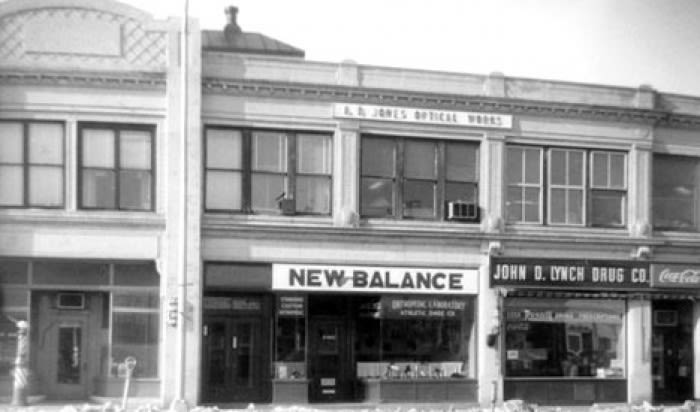
Through the years, different models have been introduced—consistently raising the ceiling for improvement, but New Balance has always remained true to its philosophy of wanting to make a better sneaker.
What you didn’t know…
New Balance's British roots go back to its founder, William J. Riley, who immigrated to America from England in 1906.
It wasn't until almost 70 years after its founding (and after William Riley's death) that the brand would expand to England, but the company's identity is almost as much British as it is American.
Back in 1927, New Balance sold arch supports for $5! The price of a new pair of shoes.
Since the beginning, price was never an issue for New Balance. It wasn't about over-charging customers. The brand wanted to create the highest-quality product that could sell for top dollar, not just because it would bring the brand profits; it would best aid its customer with a superior product.
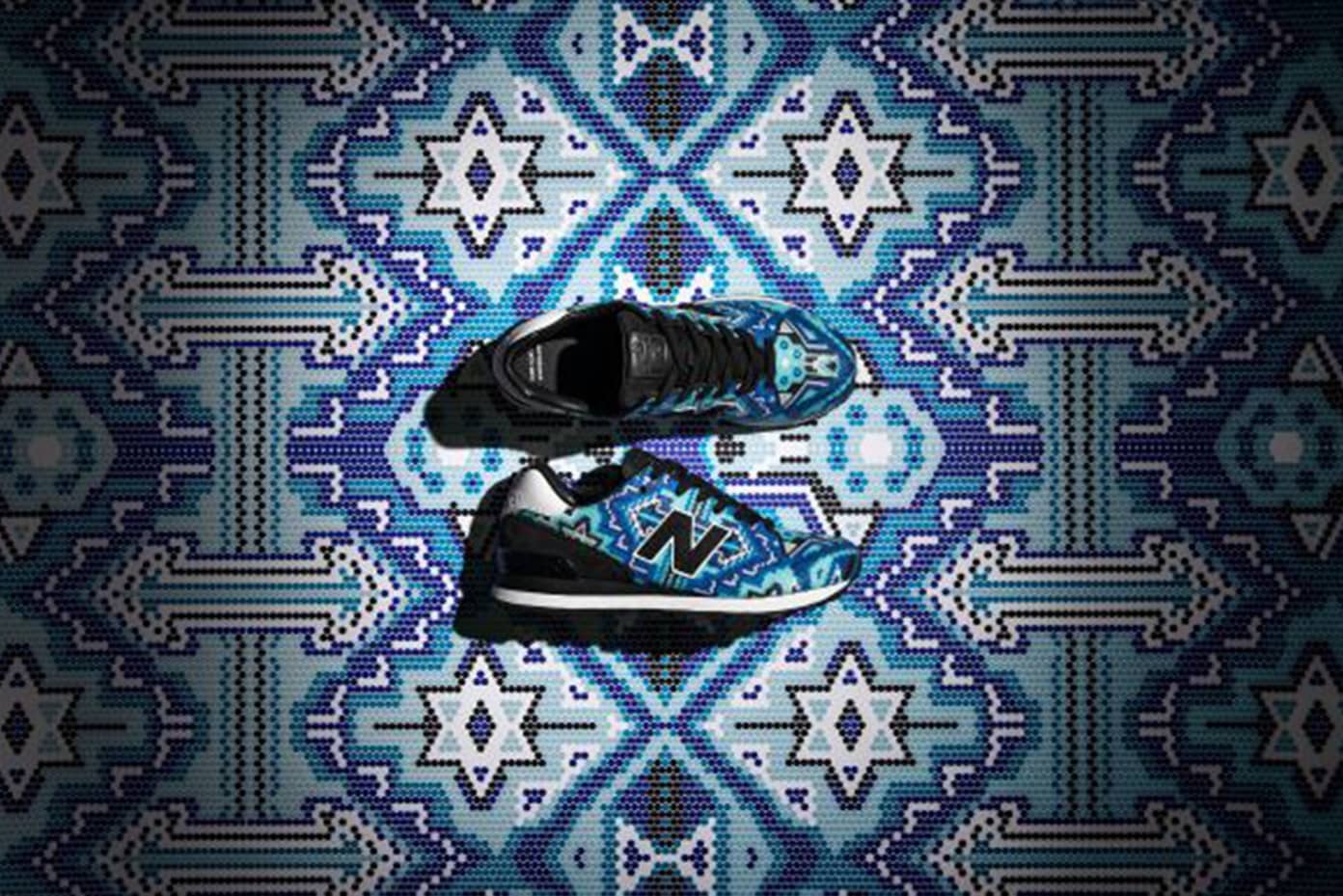
New Balance gained its reputation by selling its arch supports to workers who spent time on their feet.
The local police officers and firefighters of Massachusetts and Rhode Island were some of New Balance's earliest customers. Arthur Hall used to travel to police stations and firehouses and sell his products to men who couldn't be sold on a gimmick.
New Balance's first products weren't sold in retail stores, but rather by a traveling salesman.
Arthur Hall made his name—and New Balance's—visiting customers and selling them the product first-hand. It's this personal touch that would differentiate the brand from the rest of its competition.

New Balance, known for offering its shoes in widths, offered its first wide sneaker, the Trackster, in 1960.
The Trackster is New Balance's first recognizable sneaker. The brand had made sneakers for 22 years prior to the release of the Trackster, but there was something special about this ripple-soled shoe: it was available in different widths. Some brands would like you to believe that everyone has a size 9.5 foot with a D width, but that's far from the truth. New Balance's continuation of establishing a niche market would grow its customer base.
The "N" logo wasn't featured until the '70s when New Balance released the 320.
What's New Balance without its signature "N" logo? Terry Heckler designed the still-used branding, and until this point, New Balance's sneakers lacked their own identity as far as aesthetics went. The N, as simple as it is, wouldn't just change the look of the sneakers; it would soon launch New Balance to the top of the running world.

The Trackster put New Balance on the map as a running brand, but 1976's 320 is the model that made the brand a force in the running world.
The 320 was the start of New Balance as we know it. It wasn't just the first sneaker to bear the "N" logo, it was also the best running sneaker of its day—garnering Runner's World's No. 1 ranking for fit and comfort.
Heckler gave numbers to the sneakers instead of names because he wanted an equal perception of each sneaker; letting the customers decide their favourites.
Your favourite pair of sneakers probably has or has been given some ridiculous nickname. New Balance didn't want any of that. The brand assigned numbers to the sneakers to let customers formulate opinions on the sneakers based on their own needs, not what everyone else told them was cool.
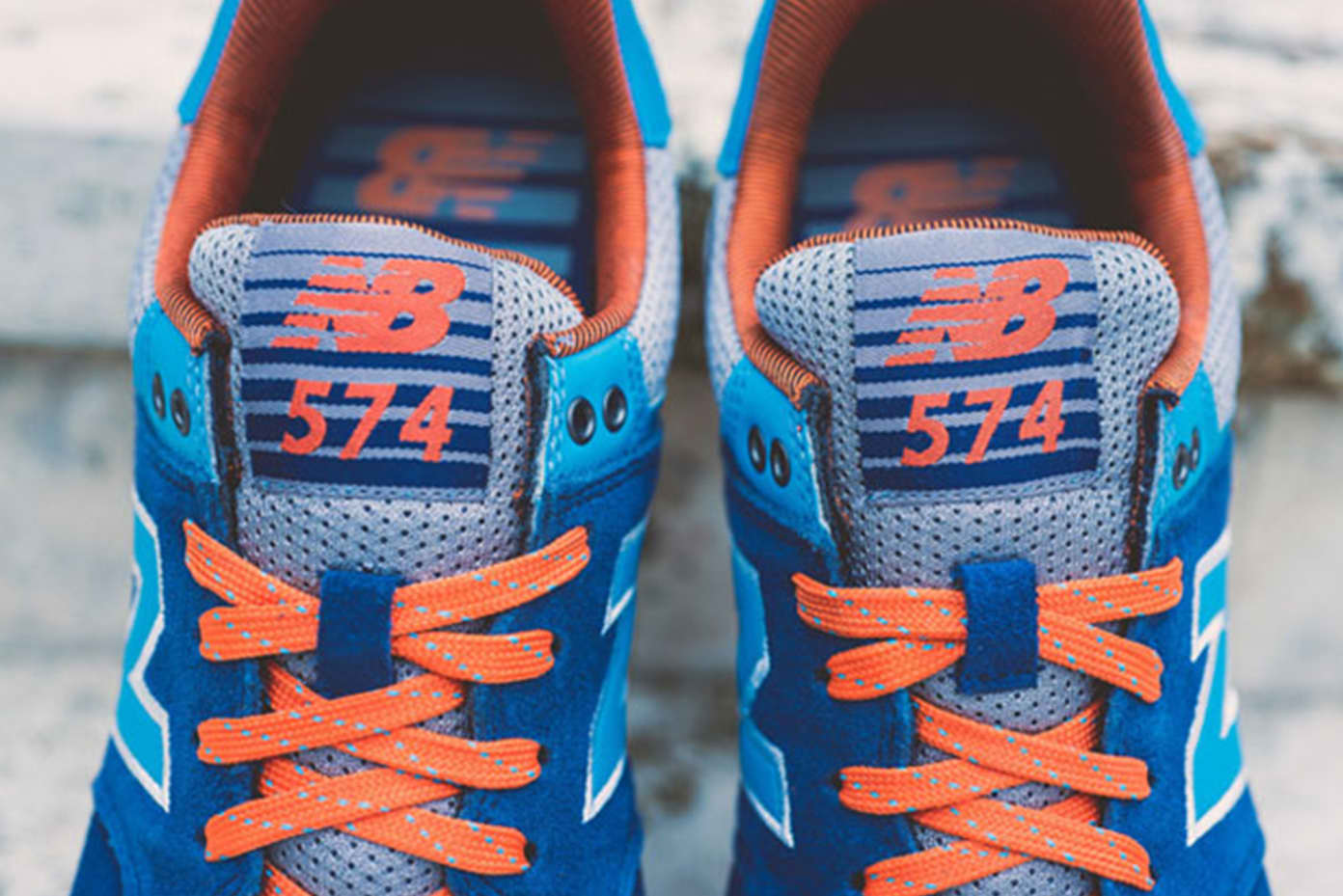
The buttery leather used on a lot of New Balance uppers, like the 990, is actually made from pigskin, not cowhide.
If you're into menswear and benchmade shoes, you've heard the discussion on what types of leather wear the best. For sneakers, if a pair is made from pigskin, there's a buttery softness to the suede not usually found on cowhide leathers. Its little things like this that makes a New Balance sneaker comfortable and long-lasting. Instead of worrying about creased-up sneakers, a pigskin upper with a mesh toebox might be the best way to remedy this condition.
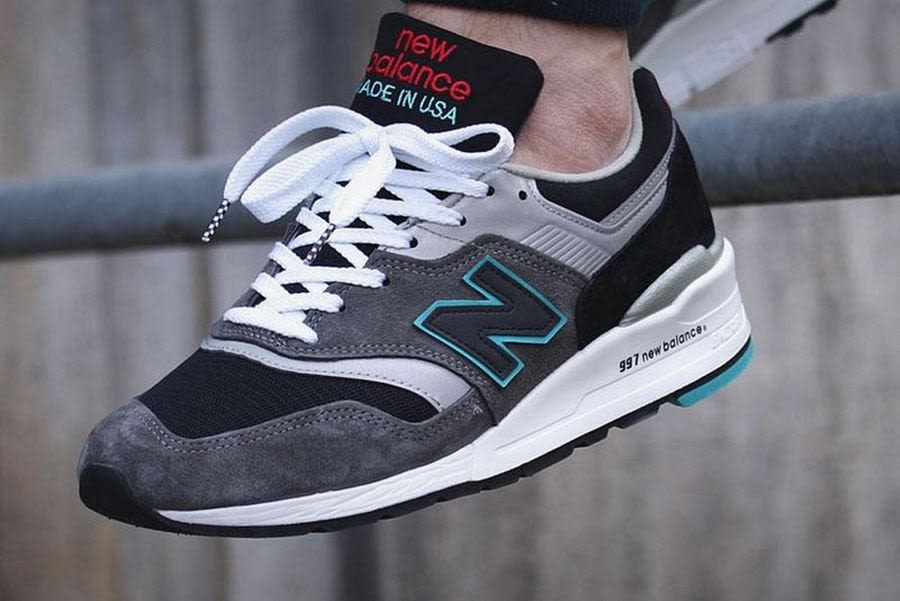
The brand's "Made in USA" sneakers aren't 100 percent made in the USA; only 70 percent of each sneaker is.
The mid-'90s saw a legal battle between New Balance and the Federal Trade Commission, with claims that its products shouldn't claim the title "Made in USA." The brand was allowed to keep its American-made claim as it used elements of sneakers that were overseas, but assembled within New England.
The footwear brand has been around since 1906 and has become one of the most solid and trustworthy suppliers of athletic footwear on the market. But the company didn't just fall into good luck and become the brand it is today, it survived through trends, technological changes, and public perception of athletes to shape its current stake as one of New England's greatest brands.


